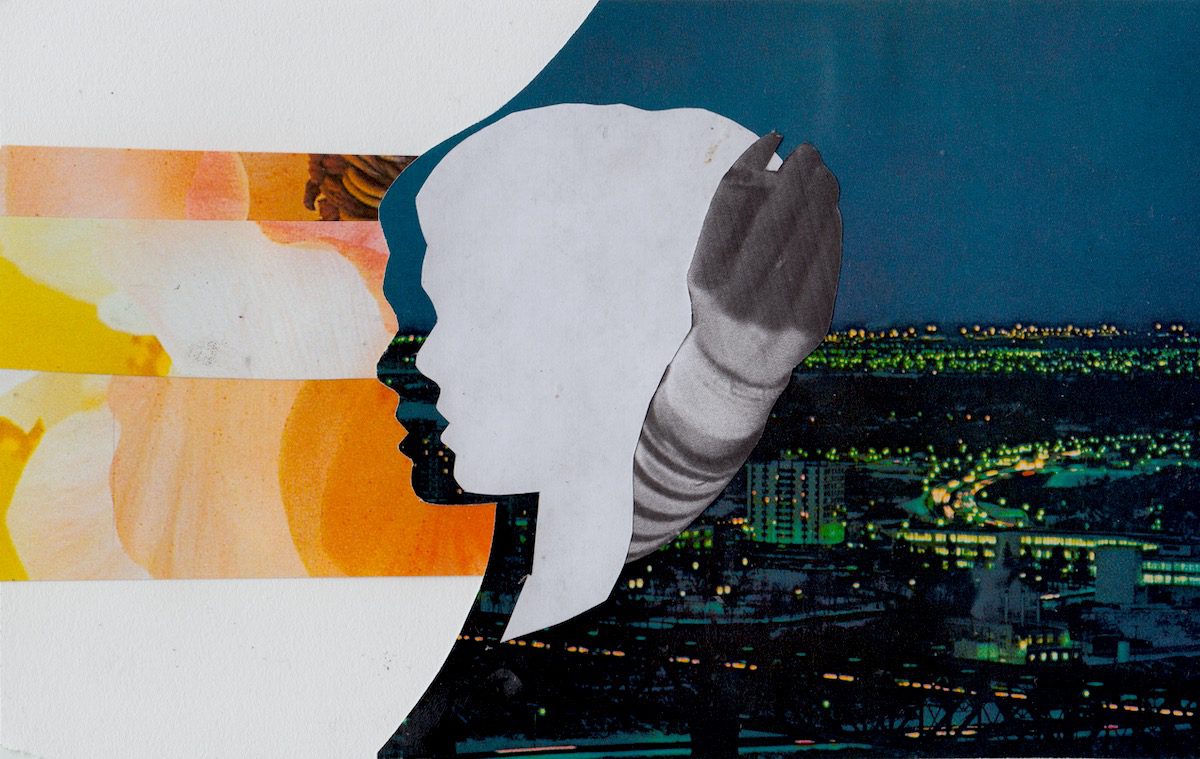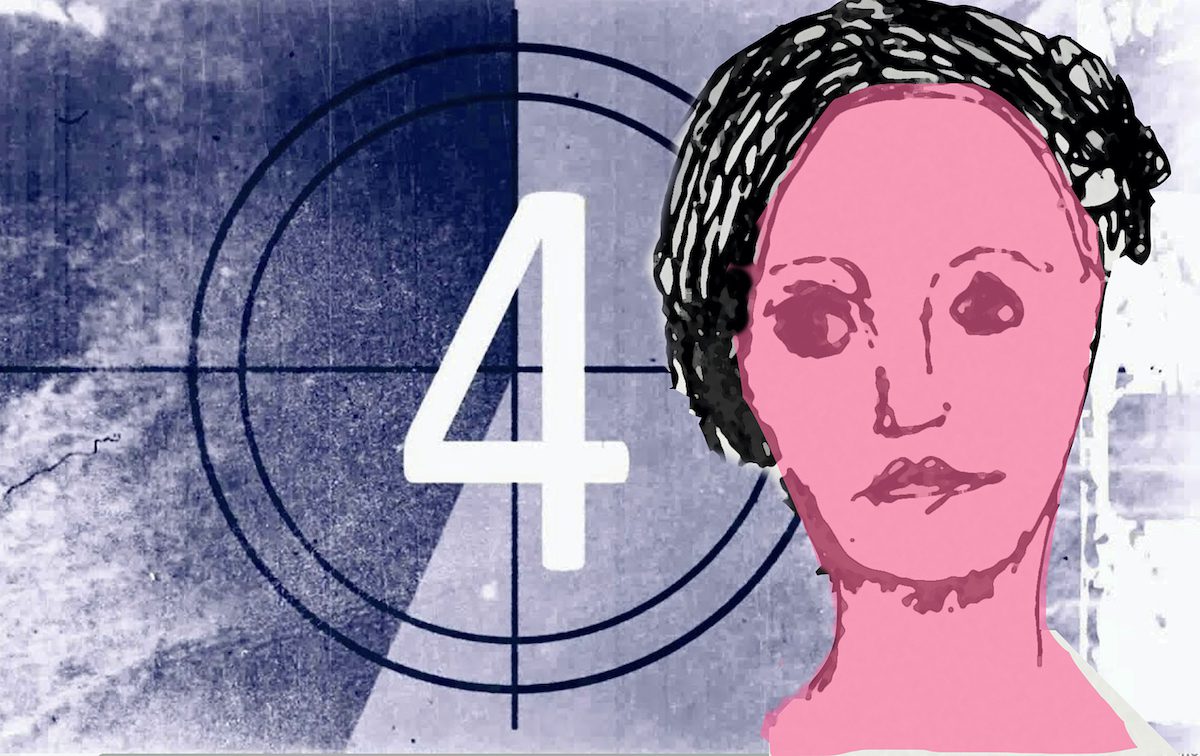 Who knew a gap could be filled with so much. But such is the lure and luxury of the films of Les Blank, such as his ode to gap-toothed women aptly called Gap-Toothed Women. When asked why gap teeth are referred to in France as “the teeth of happiness,” a young French girl strokes her cat and coyly demurs, saying she doesn’t know in a way that suggests she knows all too well, too well, even, for her years. Les explores the connection between gaps and wantonness, like Chaucer’s Wife of Bath—the “gat-toothed” woman who loved “wandering by the way”—as well as reverence, such as Rembrandt’s wife and muse Saskia. But through a variety of profiles, he gets at a connection between women and their sense of identity that is deeply rooted to growing up with gaps, from one who tied rubber bands around her teeth, one who stuck a third front tooth in a particularly large gap, and another who demonstrates a device called the Uri Tooth Plug for disguising unsightly dyastemas. Interjected into these vignettes is Les’s characteristic sensuous, camp filming, exemplified in this case by disembodied close-ups of lipsticked mouths, talking, smiling, and laughing. But the highpoint is when seventies supermodel Lauren Hutton strides down the streets of Manhattan in a red dress shouting at bystanders, “Hi, I’m looking for gaps. Anybody have one?” Les goes from fun-loving and tragic women to locate what lies between the gaps.
Who knew a gap could be filled with so much. But such is the lure and luxury of the films of Les Blank, such as his ode to gap-toothed women aptly called Gap-Toothed Women. When asked why gap teeth are referred to in France as “the teeth of happiness,” a young French girl strokes her cat and coyly demurs, saying she doesn’t know in a way that suggests she knows all too well, too well, even, for her years. Les explores the connection between gaps and wantonness, like Chaucer’s Wife of Bath—the “gat-toothed” woman who loved “wandering by the way”—as well as reverence, such as Rembrandt’s wife and muse Saskia. But through a variety of profiles, he gets at a connection between women and their sense of identity that is deeply rooted to growing up with gaps, from one who tied rubber bands around her teeth, one who stuck a third front tooth in a particularly large gap, and another who demonstrates a device called the Uri Tooth Plug for disguising unsightly dyastemas. Interjected into these vignettes is Les’s characteristic sensuous, camp filming, exemplified in this case by disembodied close-ups of lipsticked mouths, talking, smiling, and laughing. But the highpoint is when seventies supermodel Lauren Hutton strides down the streets of Manhattan in a red dress shouting at bystanders, “Hi, I’m looking for gaps. Anybody have one?” Les goes from fun-loving and tragic women to locate what lies between the gaps.

In Werner Herzog Eats His Shoe, there’s a similar infectious enthusiasm for the subject at hand, here Werner Herzog making good on a bet with fellow filmmaker Errol Morris that he would eat his shoe if Morris completed his film Gates of Heaven. This is not some Warholian reel of Herzog sitting in a chair for five hours gnawing on the tongue of a topsider. This is Herzog riding in a taxi expounding in his deep, deadpan, Austrian voice about the real war he is fighting against talk shows that “will kill us,” and against “commercials…Bonanza or Rawhide.” The bet, we learn, is to encourage Morris, who Herzog had met at a grad school conference and deeply admired, to complete this film, and to get others like Morris who “don’t have the guts,” to complete their films as well. This is Herzog, like The French Chef of footwear, stuffing his shoe with garlic, parsley and spices before placing it in a pot and letting it simmer until the public staging of his act. And this is not the first stunt that Herzog has pulled to support filmmaking. He’s also thrown himself into a cactus, to show a dwarf actor who had caught on fire during the filming of Even Dwarfs Started Small, What’s a little flagellation in the aim of larger human objectives.

And the Blues Accordin’ to Lightnin’ Hopkins is a startling, colorful film, shot in Texas in 1967, that captures Hopkins in his most jubilant and dark moments, whether he’s making music, dancing at a rodeo, or fishing while telling of the time he was arrested when his car got stuck in a ditch as he tried to avoid hitting a black hog. “The blues,” he says, “is something you can’t get rid of.” Neither is the deep-reaching stir you sense after seeing one of Les’s short films.
Another Blank notable, Garlic is as Good as Ten Mothers.




